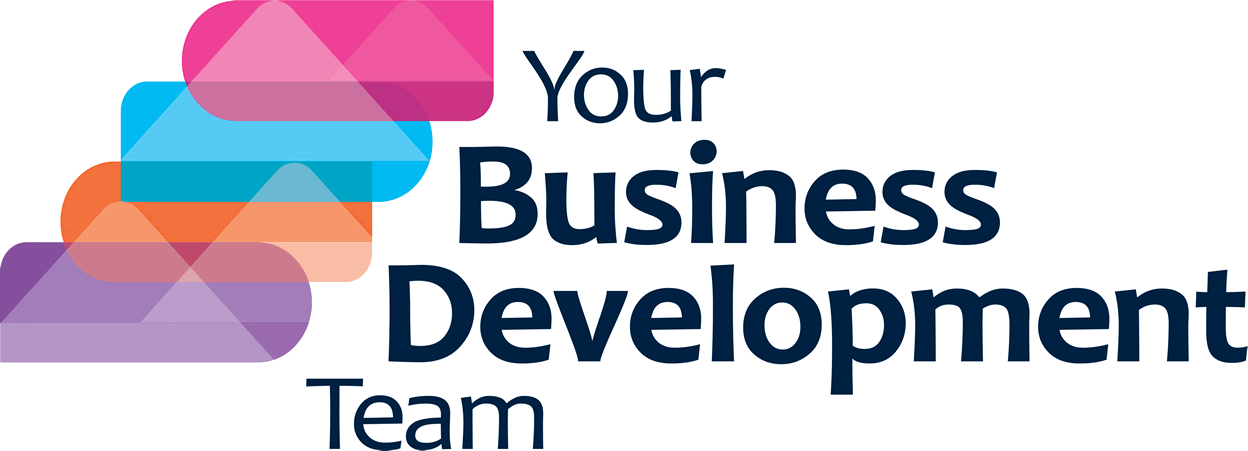The current situation we find ourselves in reminds me of a famous quote from Albert Einstein: ‘The measure of intelligence is the ability to change’. One of the proofs to this is the use of the new term, Social Distancing. A few weeks ago, none of us really knew what it meant. Today we are already looking at how we can improve our productivity working from home and considering how we can run effective meetings online. Moreover, if you key ‘Social Distancing’ into Google you get a whole load of great images you can use in your blogs and articles.
I am not making light of the situation; it is a worrying time to many of us whilst we struggle to make sense of it all. When we hit stressful and unknown times in business, decision makers tend to respond in two different ways:
- Looking at the situation in the short-term context and evaluating what is best for their company in this light.
- Looking at the situation in the long-term context and evaluating what is best for their company in this light.
The first group will generally put a stop to any expense which they view the business can survive without at the present time whereas the second group will want to stick to business as usual as much as possible. I believe that at the moment the answer is somewhere in the middle, which might sound confusing but is probably the best way to look at things.
We are already seeing many examples of cancelations and delays in expected contracts and orders. The easiest thing would be to make panic decisions. I try to look at the detail and context to help me make sense of it all. Consider the following:
- Is your industry or any of your clients’ industries directly affected by current or future limitations imposed?
- Can you approach your clients in a pro-active way to see how you can work through the situation in a way that is beneficial to all?
- Are there any new/ updated services you can offer which might be more helpful at the current state of affairs?
Once you are clear if you can carry on working, with whom and what is your ‘best Covid 19 slant’ you can then decide what taps you must shut and what taps you should keep going.
Before I end this blog, I wanted to remind you that lead generation is a tap you should consider keeping open. There are two main reasons for this:
- When there are less available opportunities to do business, you need to cast your net wider and tap into additional opportunities.
- This situation is not going to last forever and stopping your lead generation would mean you will have a much bigger hole to climb out of then.
I hope this is helpful even if only as a moment of distraction from the doom and gloom. Please don’t hesitate to get in touch and discuss your options.


